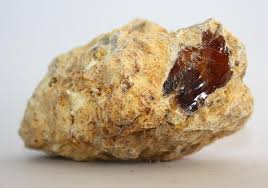ELS cotton is a premium agricultural commodity with high economic value. Despite India’s rich history in cotton farming, the domestic ELS cotton production remains low, leading to high import dependency. With government support, advanced farming techniques, and climate resilience strategies, India can boost its ELS cotton production, reducing imports and strengthening the textile industry.
For UPSC aspirants, ELS cotton is an essential topic in agriculture, trade policies, and industrial development, making it an important case study for India’s self-reliance in high-quality textile production.









